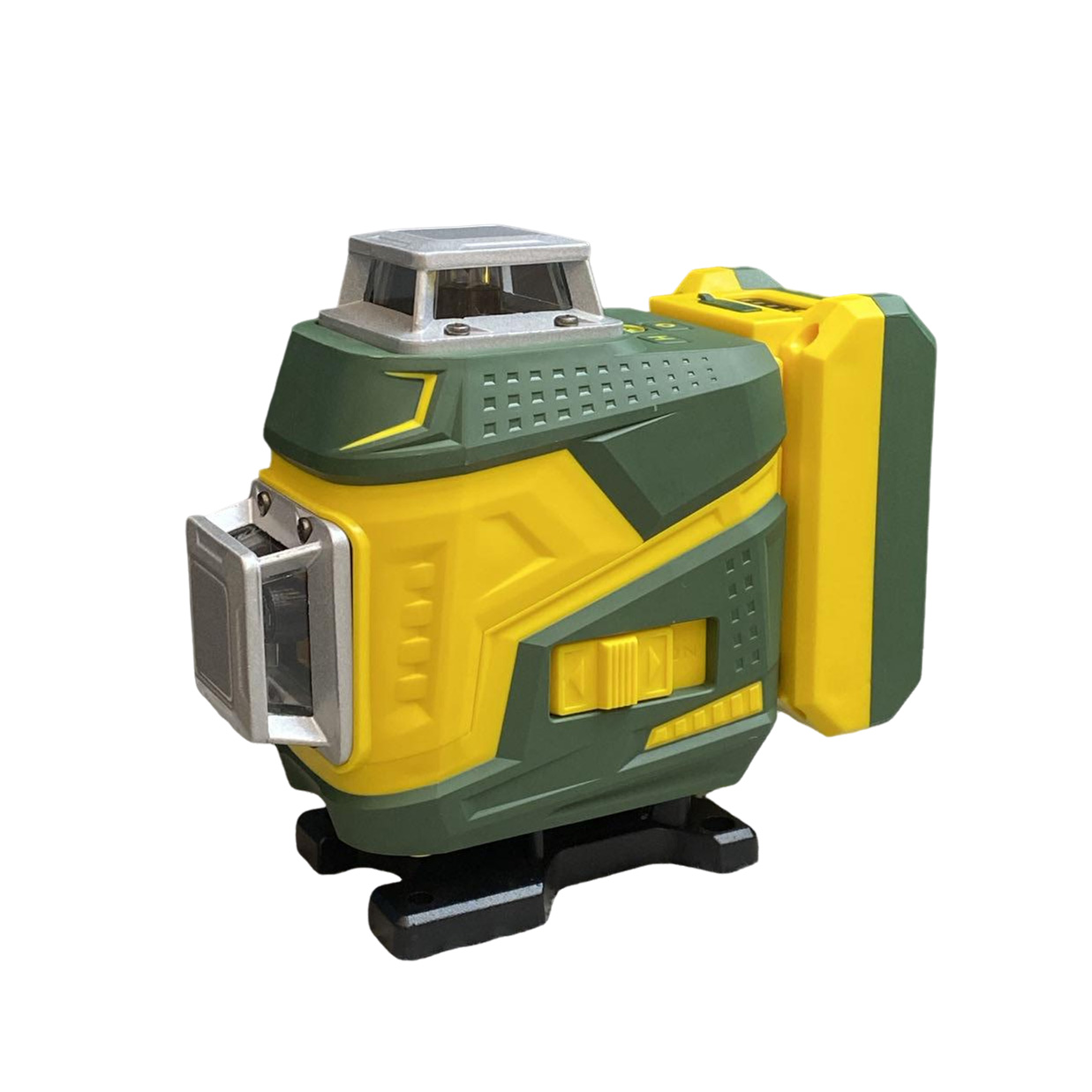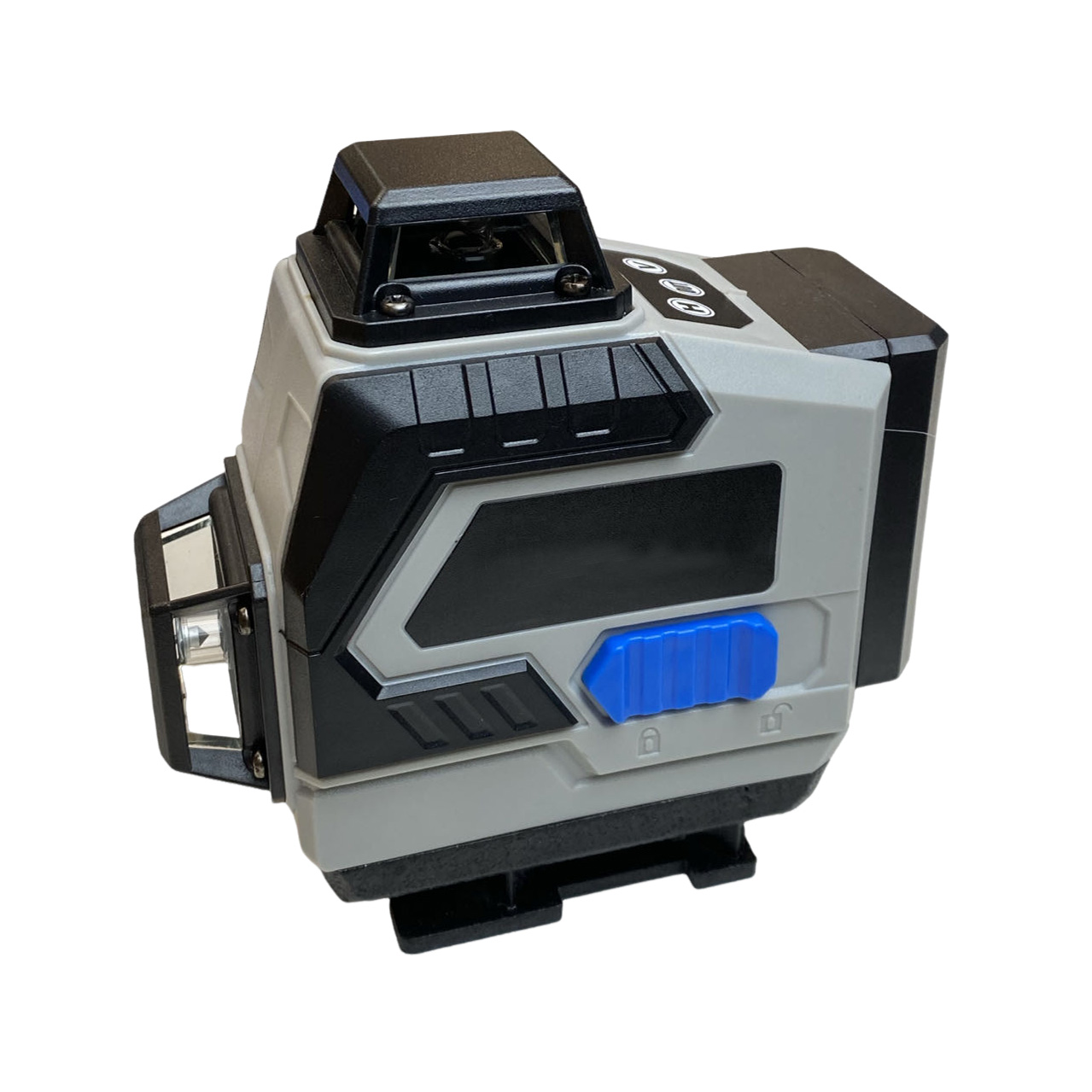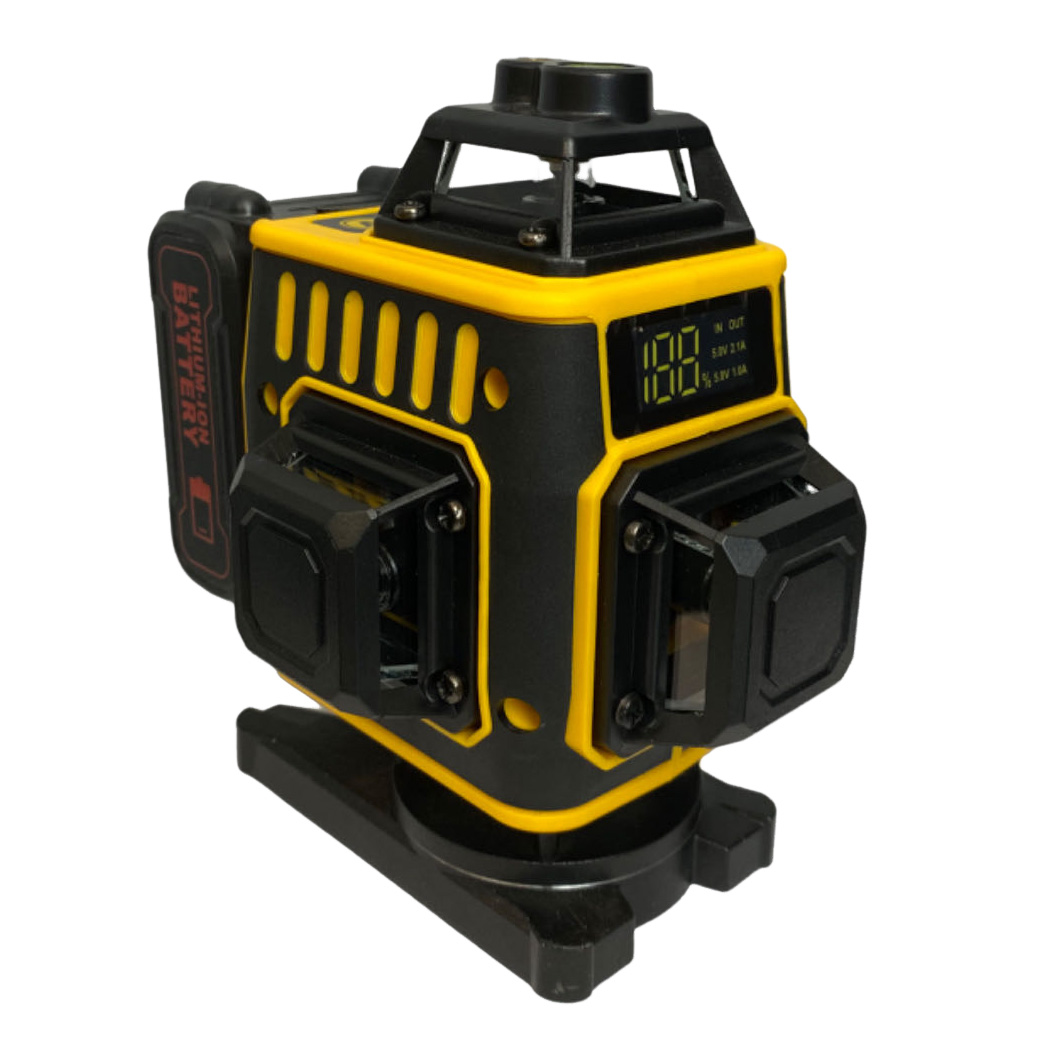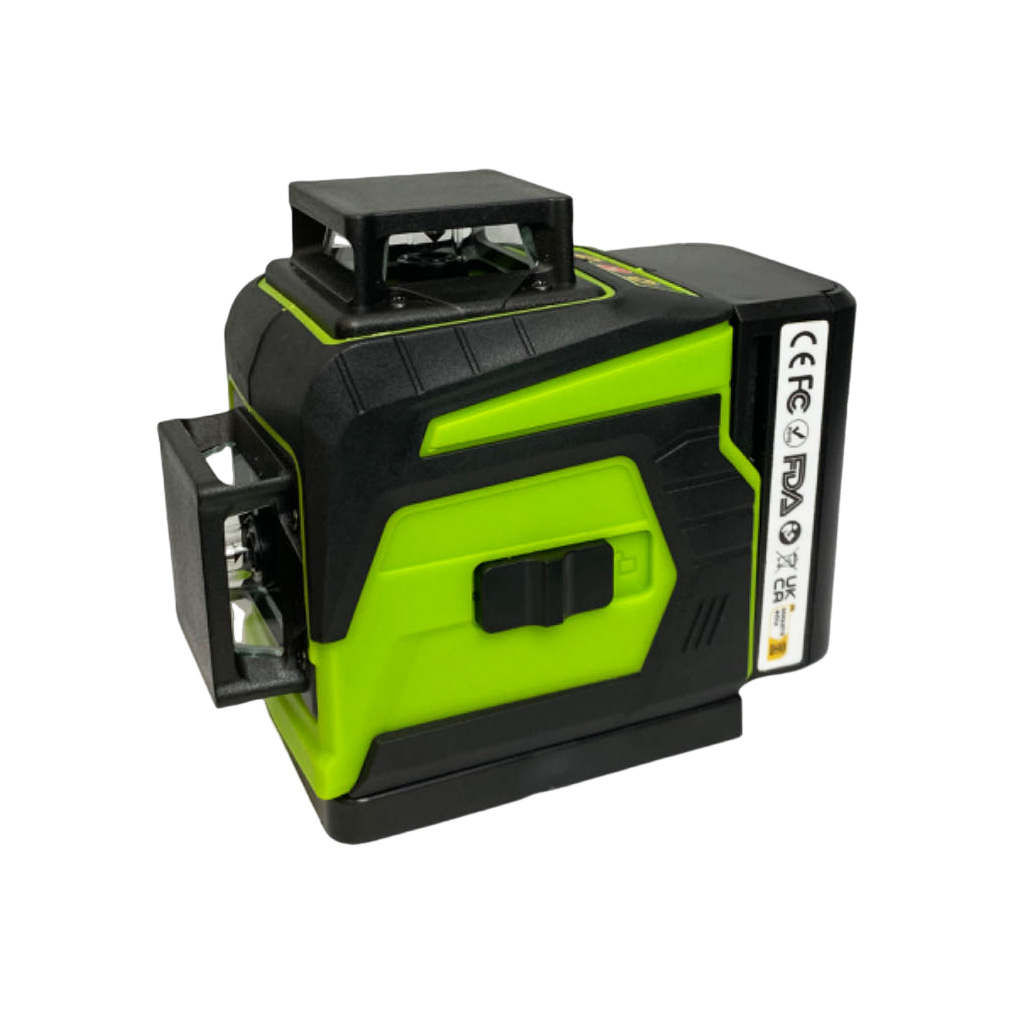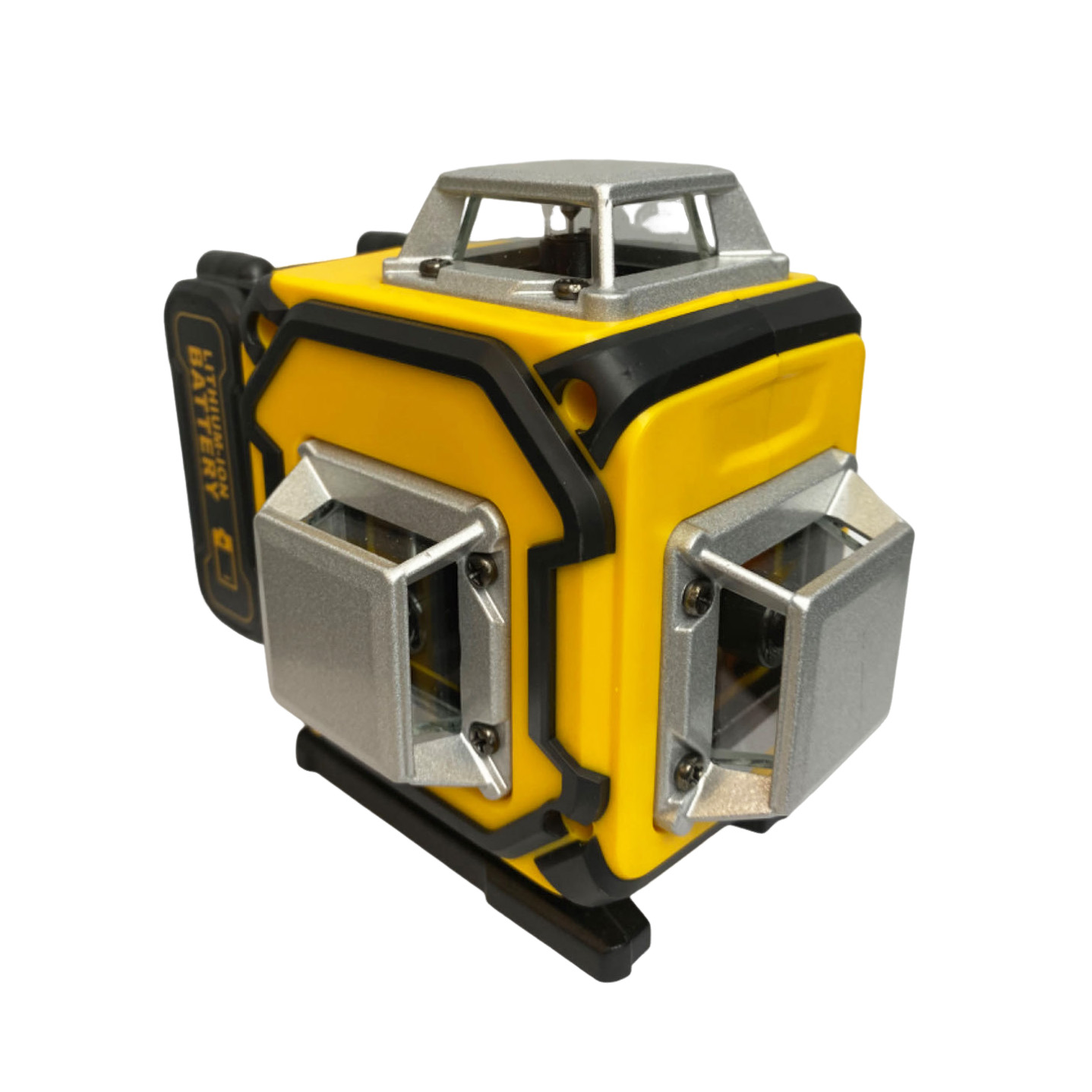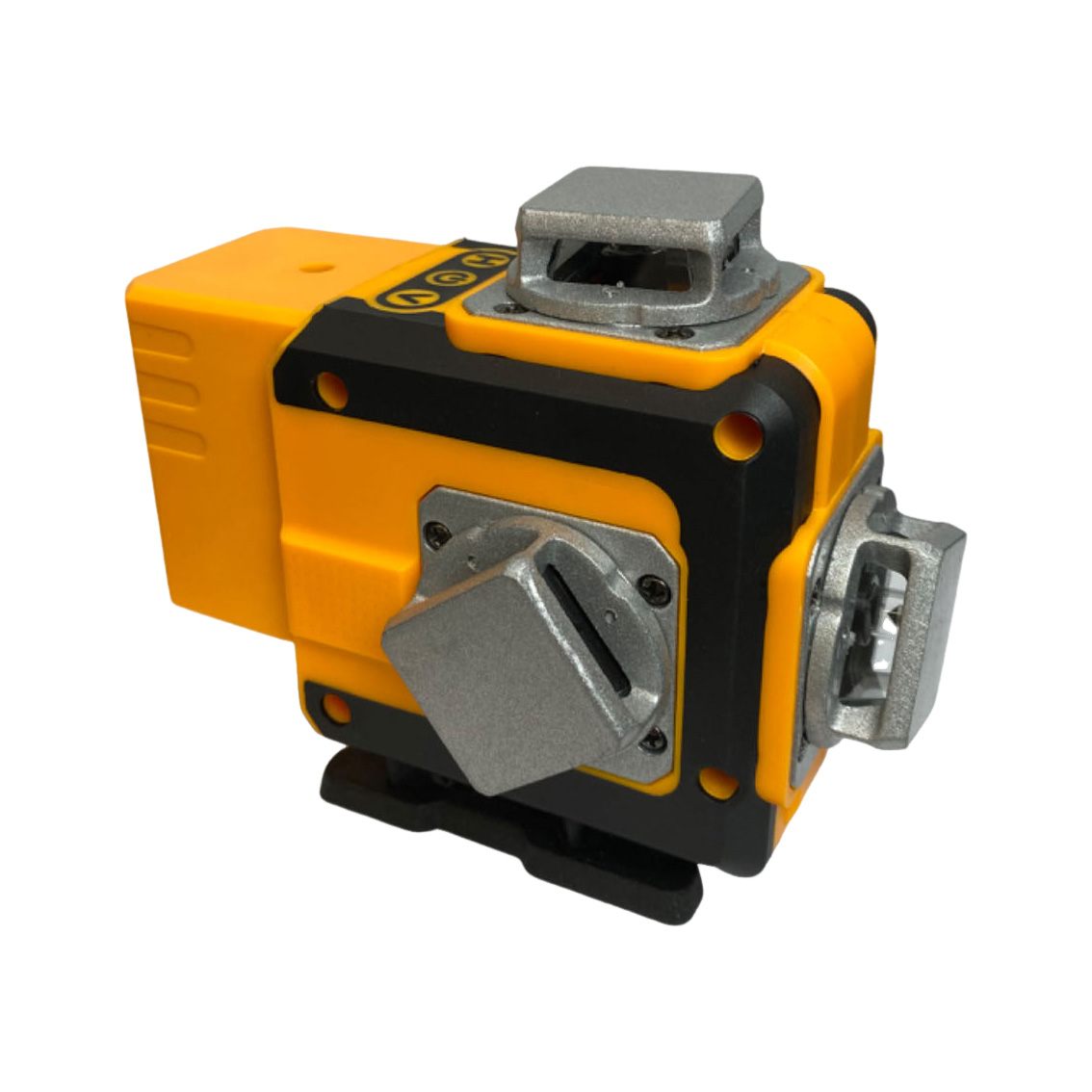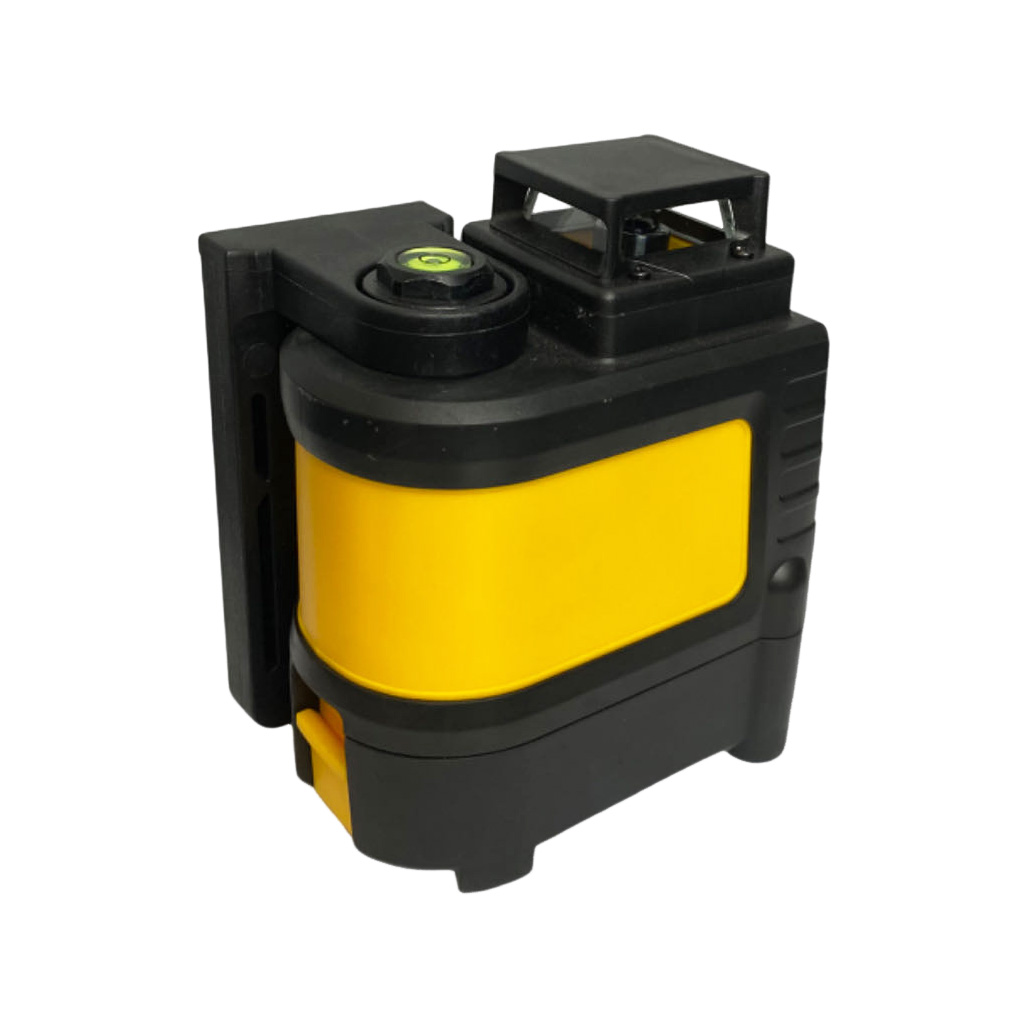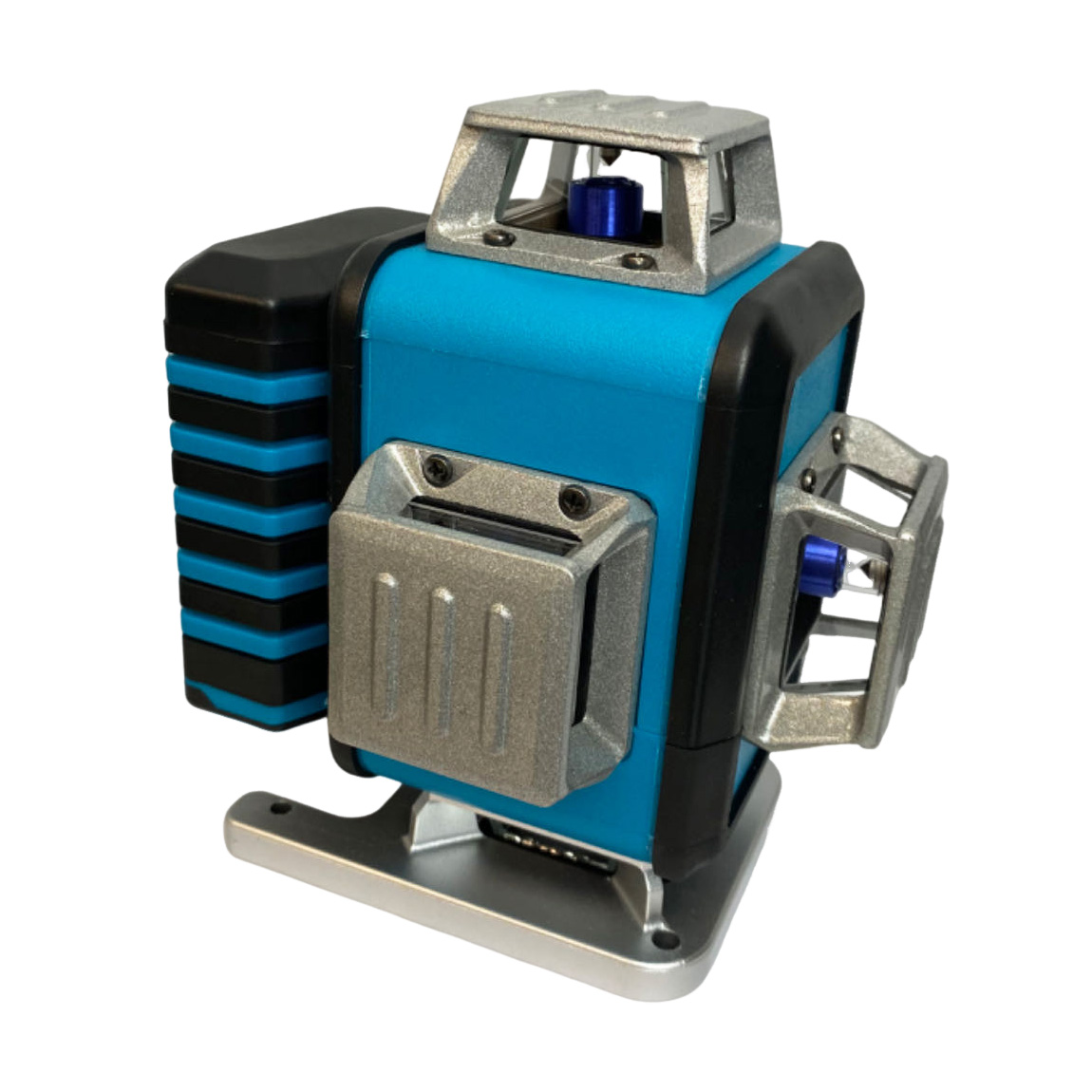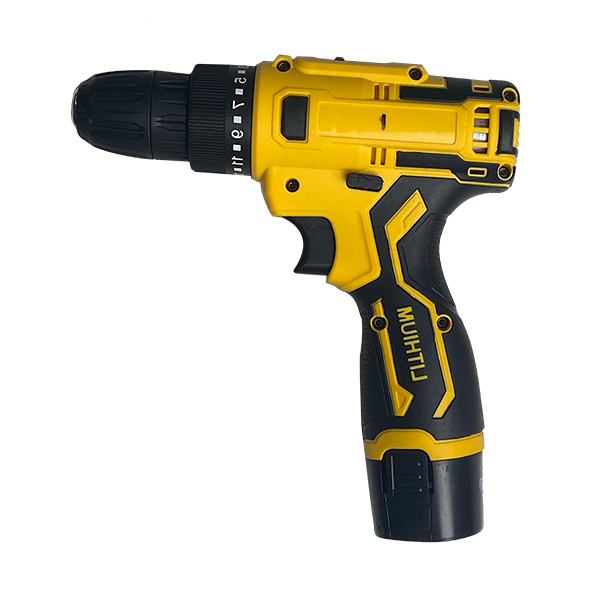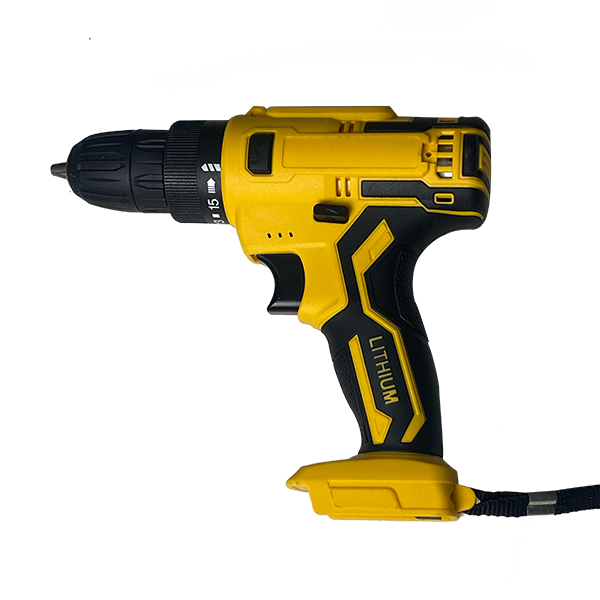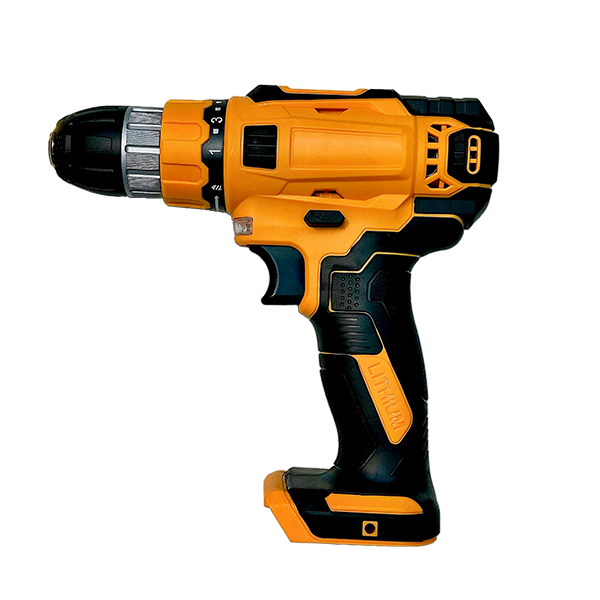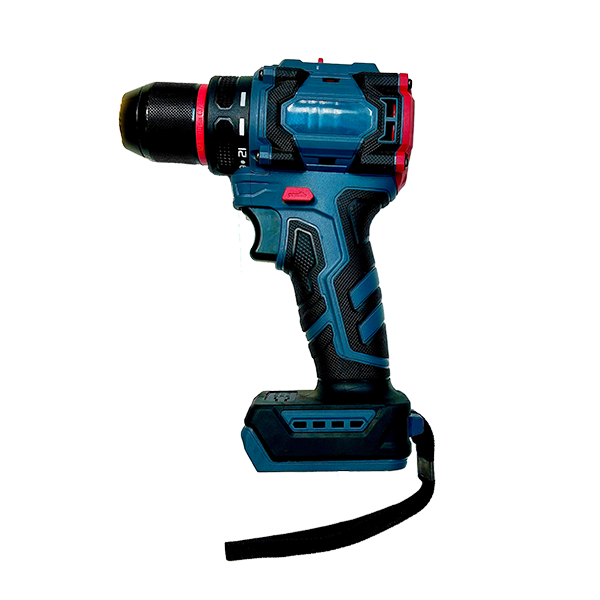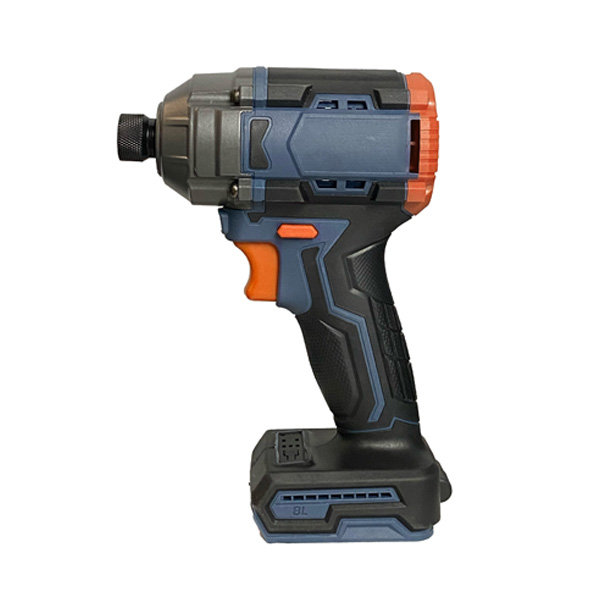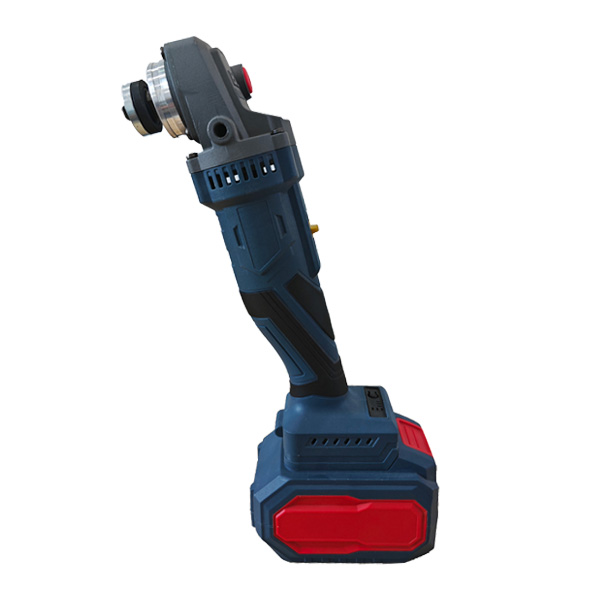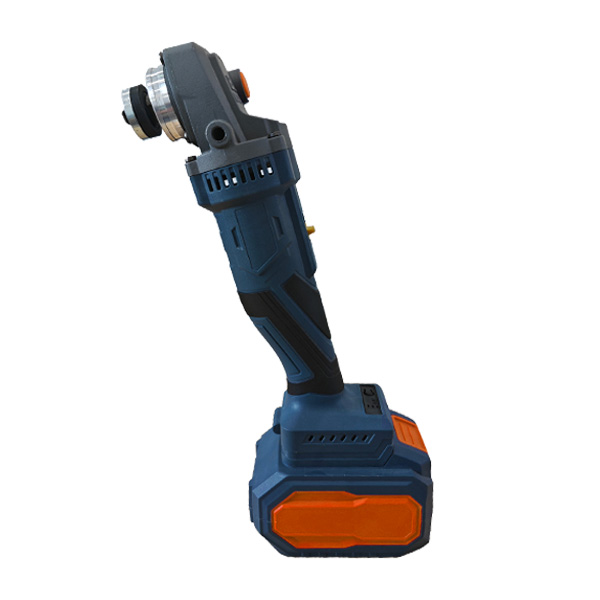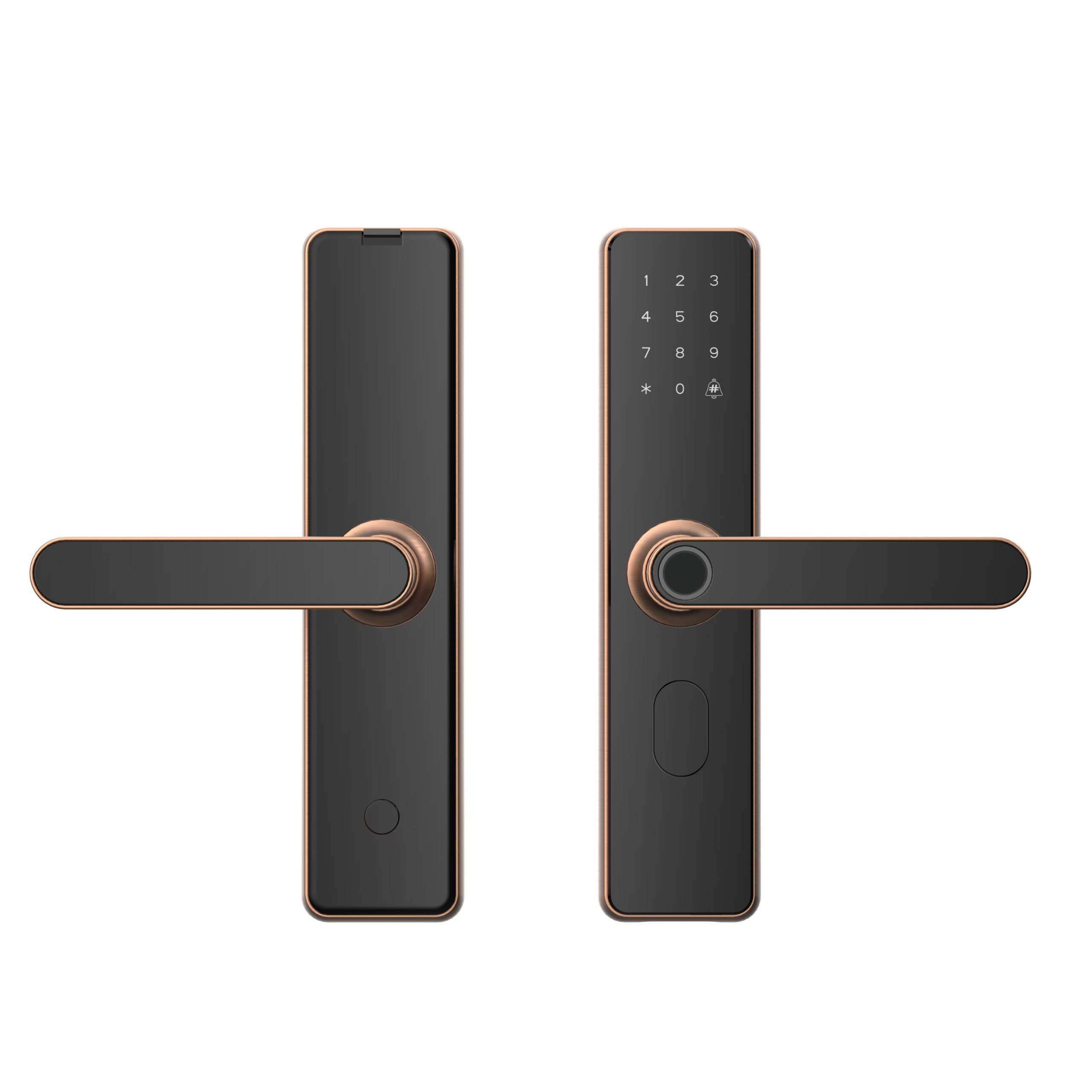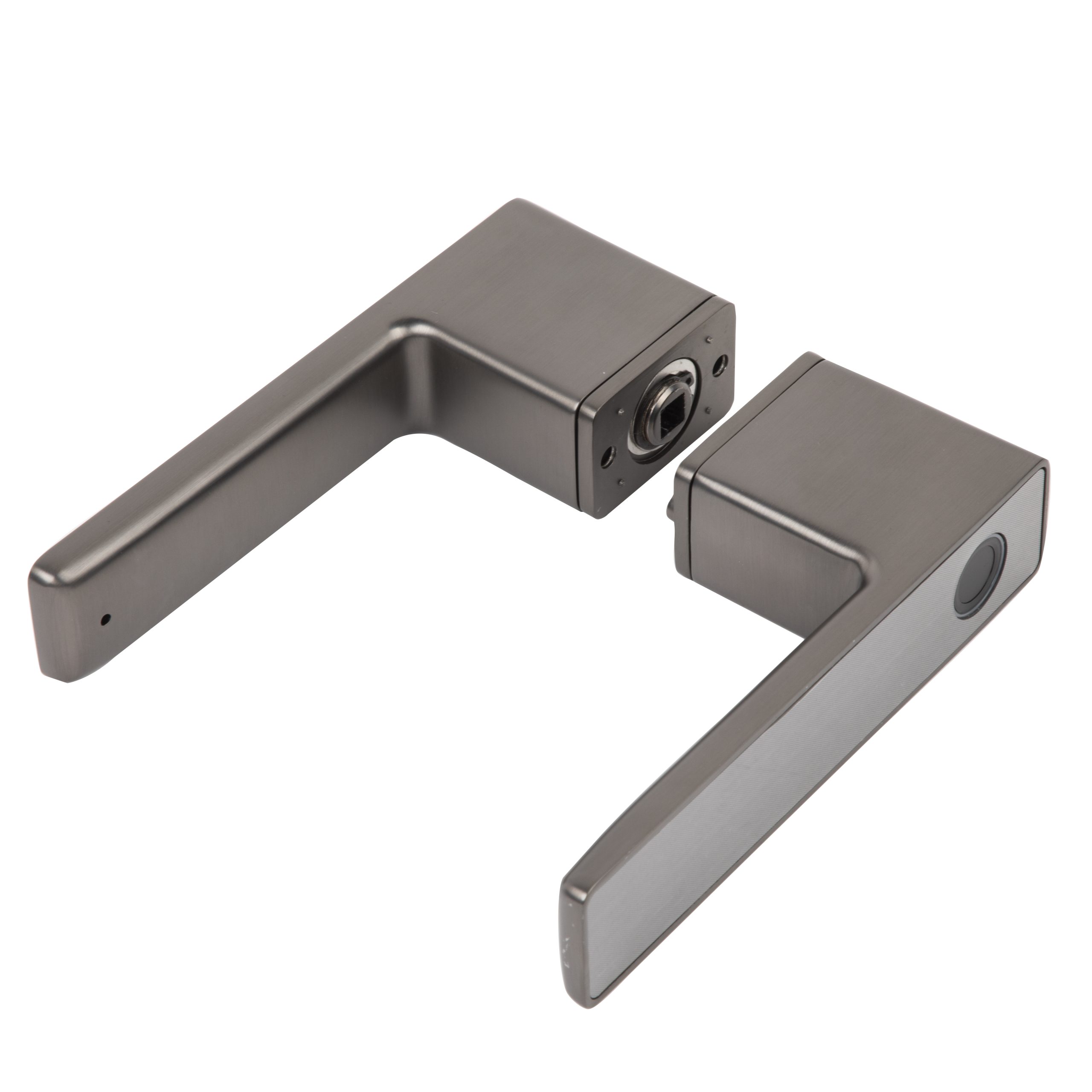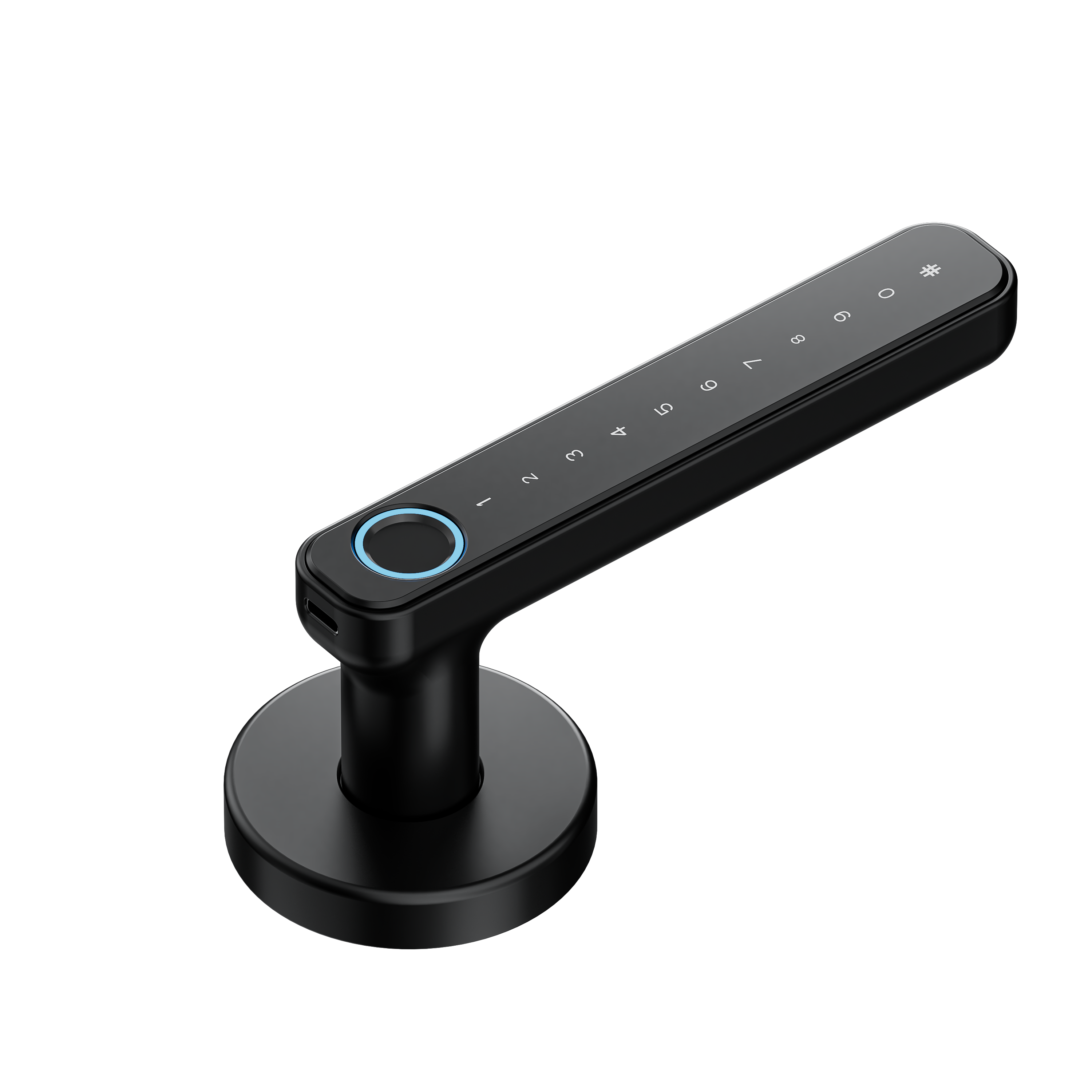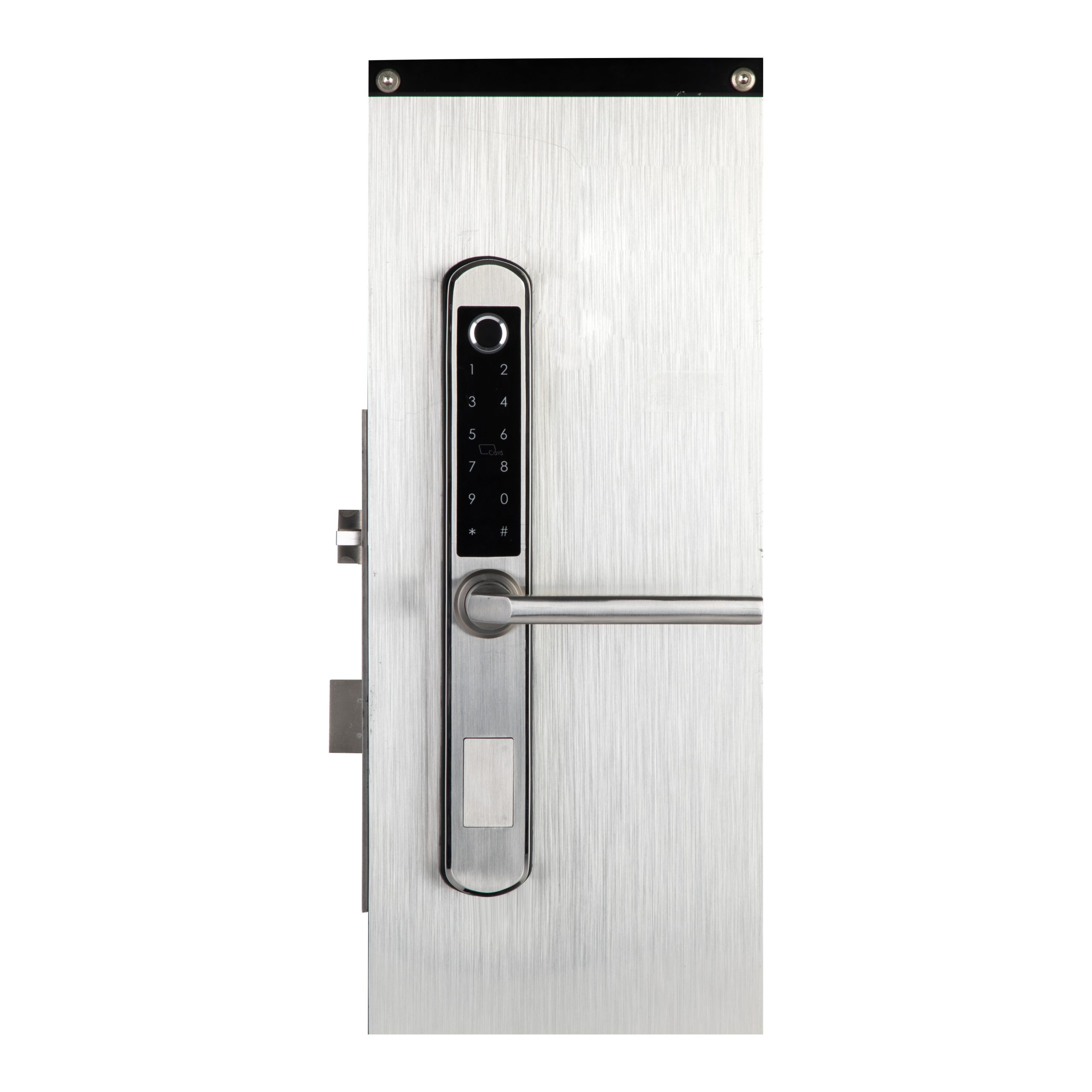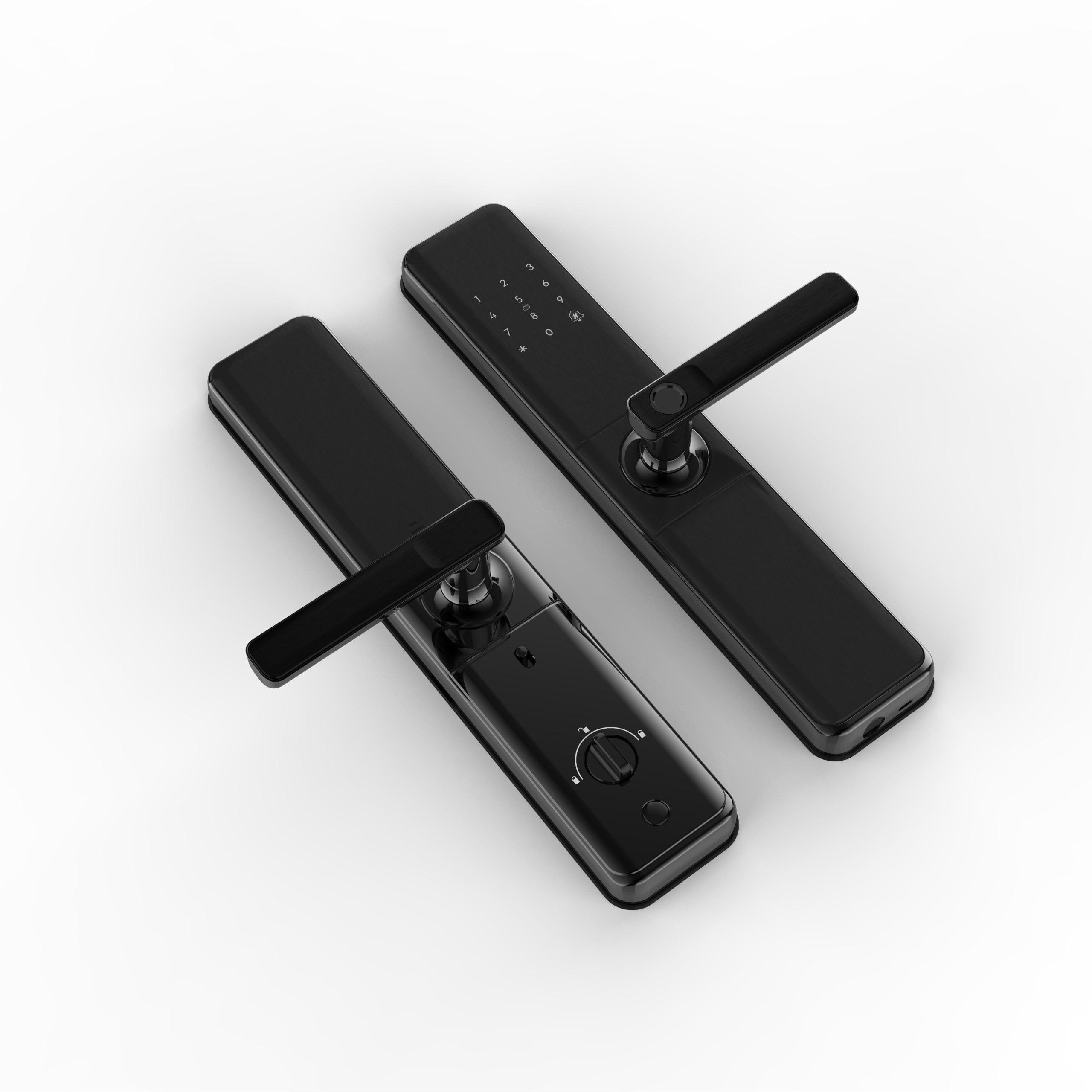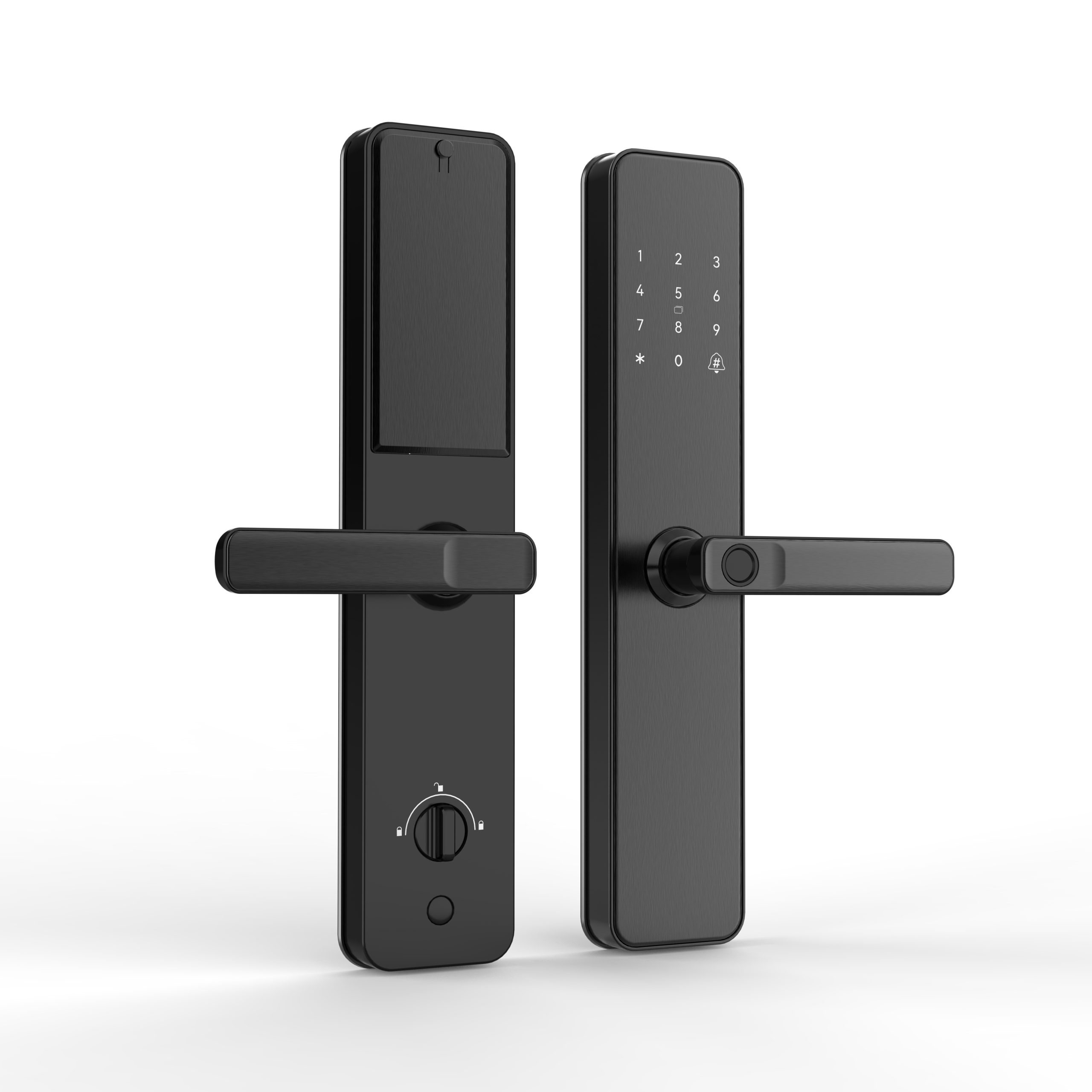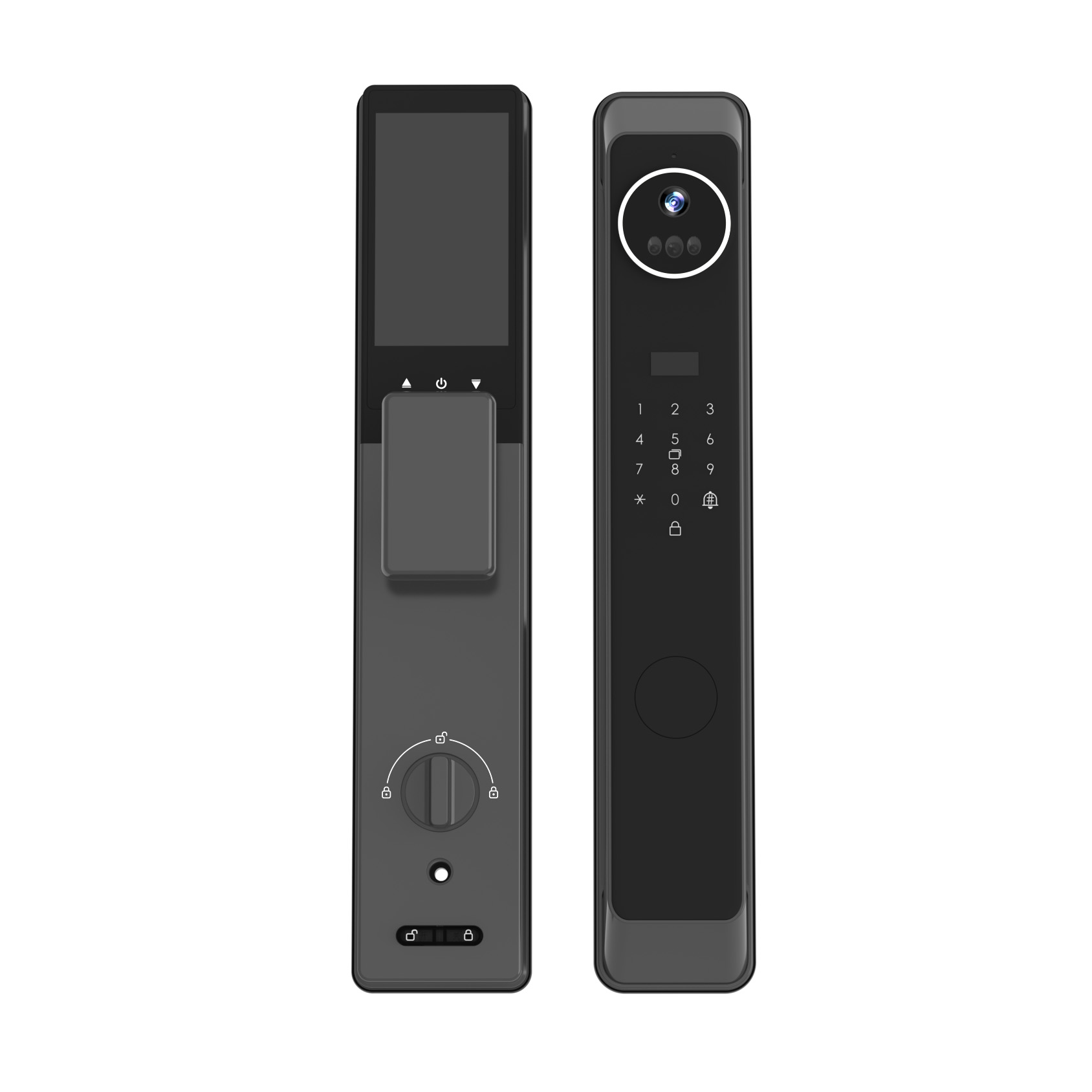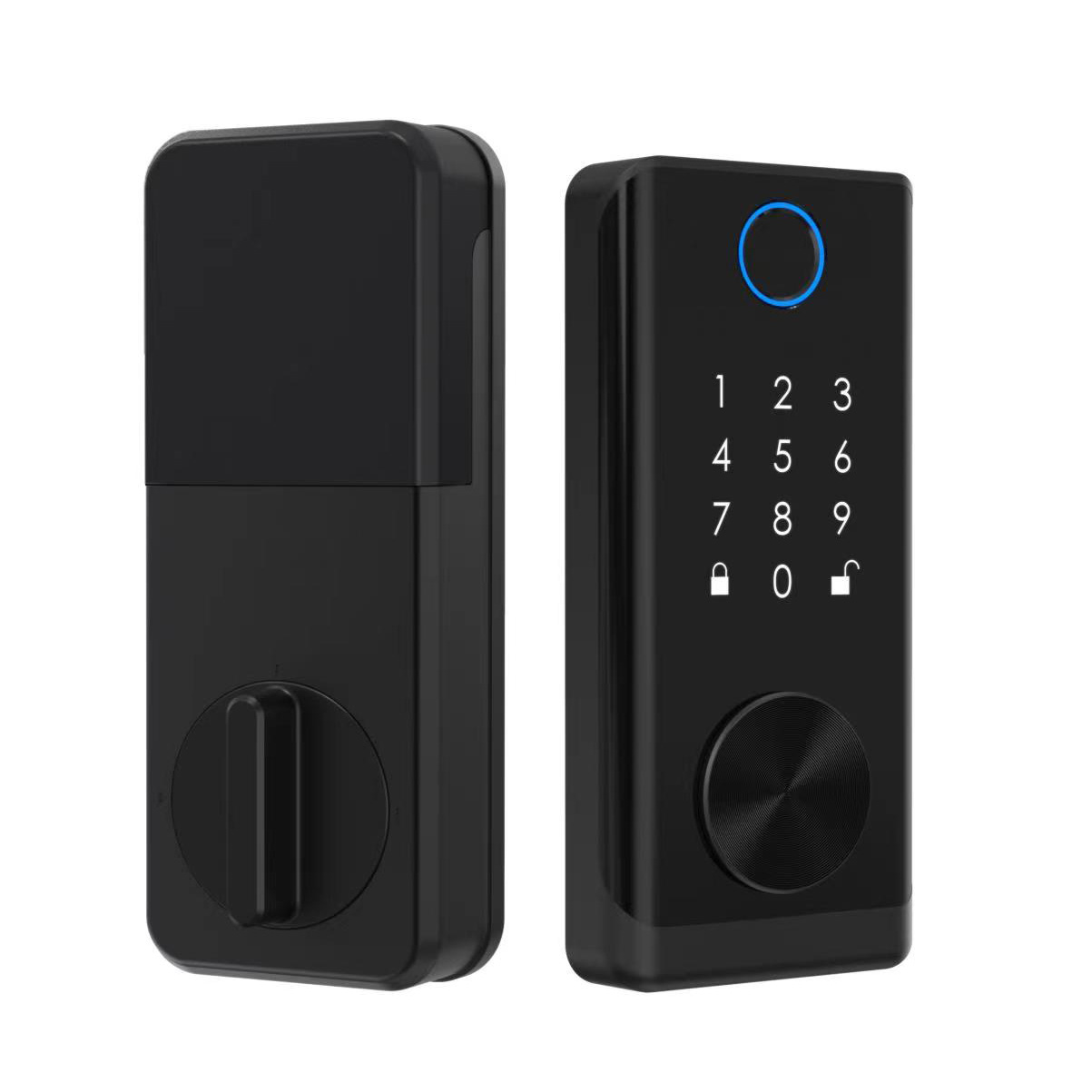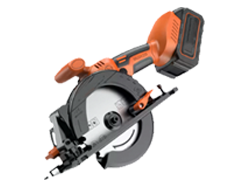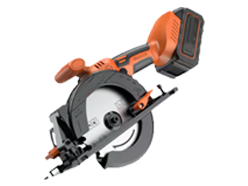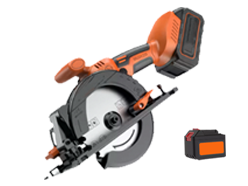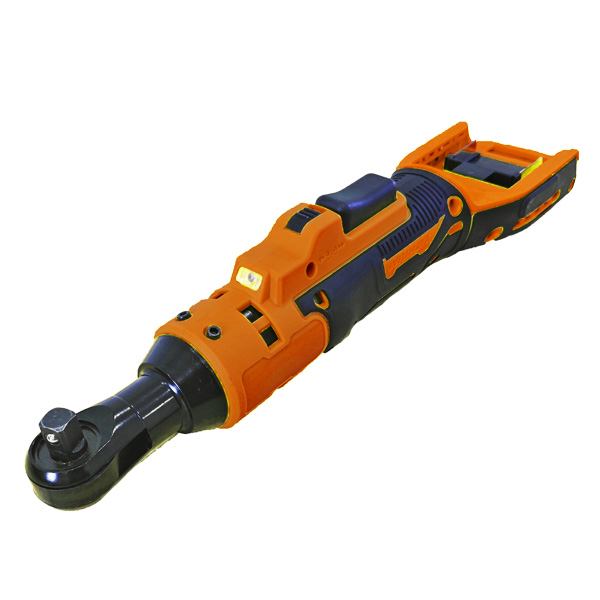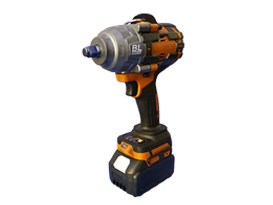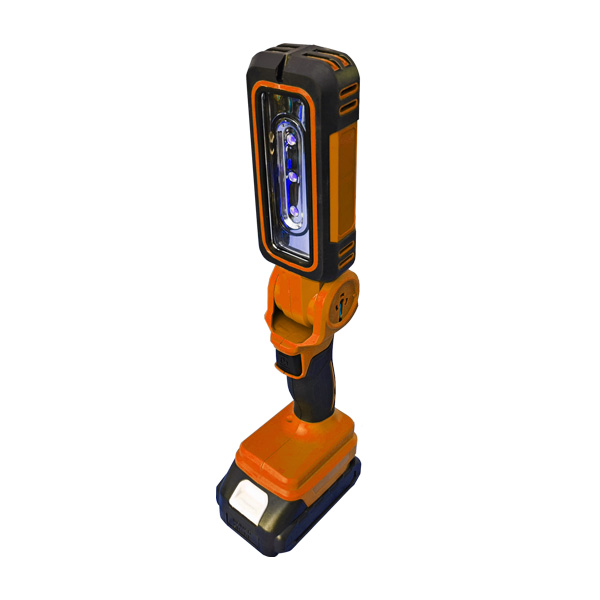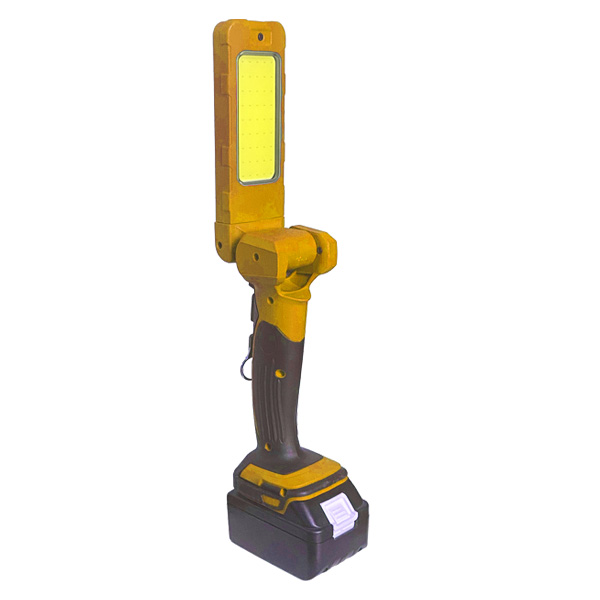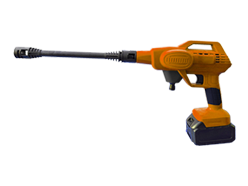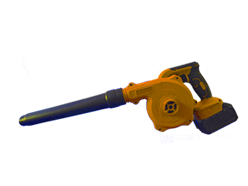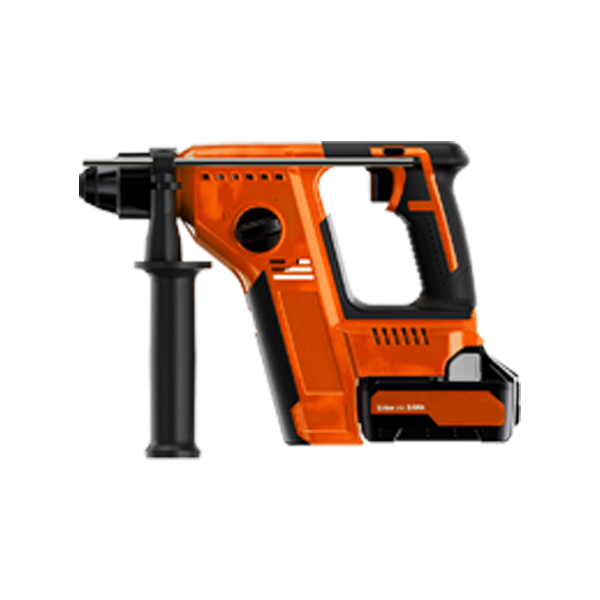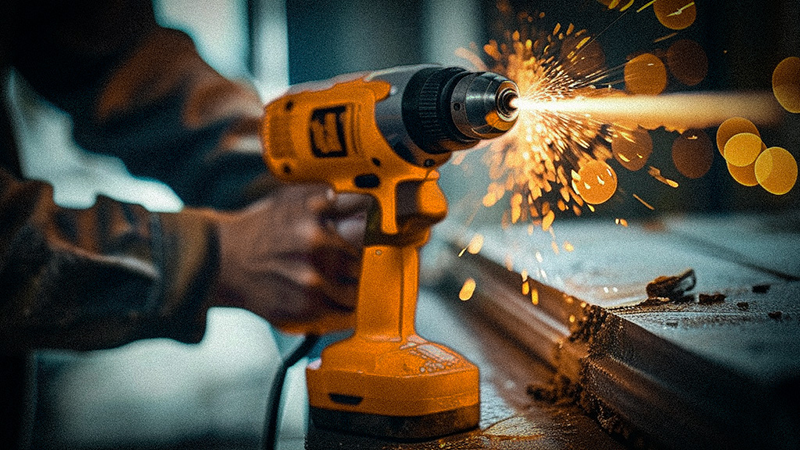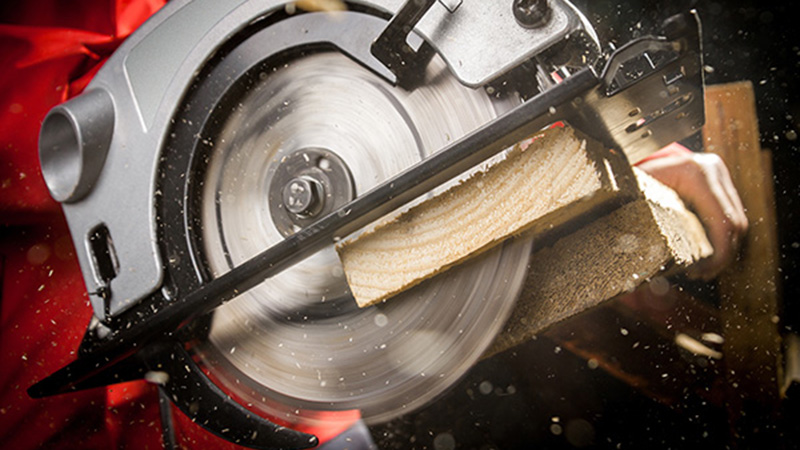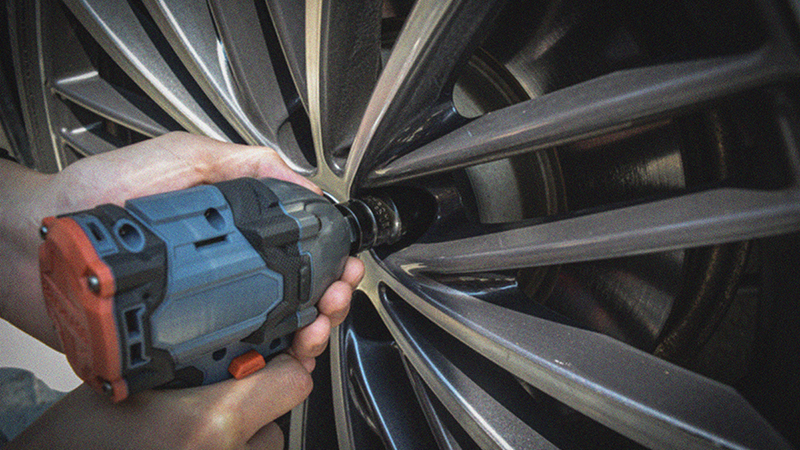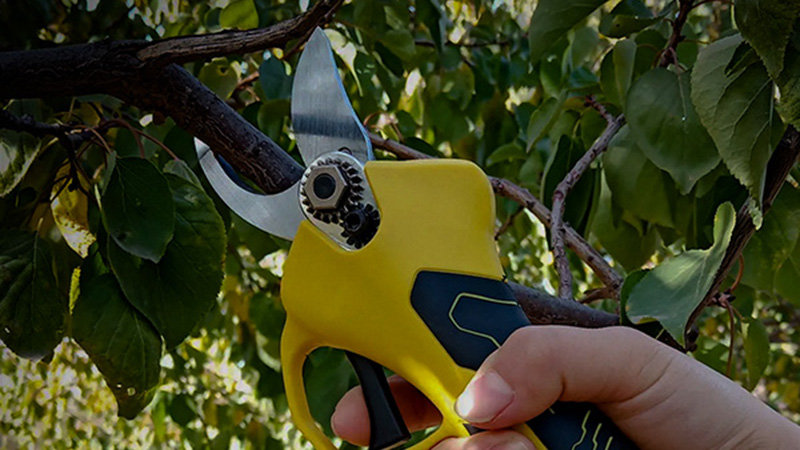In an age where our homes are becoming increasingly connected, the traditional lock and key are getting a significant upgrade. The smart lock is no longer a futuristic gadget from a sci-fi movie; it's a practical, powerful addition to modern home security. But with so many options flooding the market, how do you choose the right one? This comprehensive guide is designed for homeowners and business owners alike, especially procurement officers like my client Mark, who need to source reliable, high-quality products. We will demystify the technology, explore the essential features, and address the critical security questions to help you put a smart lock on your door with confidence.
What Exactly is a Smart Lock and How Does It Enhance Home Security?
At its core, a smart lock is an electromechanical lock designed to perform locking and unlocking operations on a door when it receives instructions from an authorized device. These instructions are delivered through a wireless protocol and a cryptographic key. In simpler terms, it’s a door lock that you can control without a physical key, typically using your smartphone, a keypad, or even your fingerprint. Unlike a traditional deadbolt, which relies solely on a mechanical key, a smart lock integrates into your digital life, offering a new level of convenience and control.
From my perspective as a manufacturer, the real innovation lies in the fusion of robust physical security with intelligent digital access. A well-made smart lock starts with the same principles as a high-quality traditional lock: strong materials and a resilient deadbolt mechanism. However, it then adds layers of smart technology. This means you not only have a strong physical barrier but also a digital gatekeeper that can grant or deny access remotely, track who comes and goes, and integrate with your broader security system. This dual-layered approach is what truly elevates modern home security. A quality smart lock is one of the best investments for a modern home.

How Do Smart Locks Work to Secure Your Home?
The magic behind how a smart lock works lies in its connectivity. Most smart locks use one of three main wireless technologies to communicate with your smartphone or smart home hub: Bluetooth, Wi-Fi, or Z-Wave/Zigbee. Bluetooth-only smart locks work within a close range (about 30-40 feet), allowing you to unlock your door as you approach. This is great for convenience but doesn't allow for remote access when you're away from home. Think of it as a key that works automatically when you're nearby.
For true remote control, you'll need a smart lock with built-in Wi-Fi or one that connects to a Wi-Fi bridge. A wi-fi smart lock connects directly to your home's internet router. This connection is what allows you to lock and unlock your door from anywhere in the world using a mobile app. This is incredibly useful for letting in a service person or checking if you remembered to lock your door after leaving for a trip. Z-Wave and Zigbee are other low-power mesh networks popular in smart home devices. They require a separate hub but are known for their reliability and don't drain the lock's battery as quickly as Wi-Fi. Many modern smart locks offer multiple connectivity options to provide the best of both worlds.
Are All Smart Locks the Same? Exploring Different Types.
When you decide to buy a smart lock, you'll quickly discover they come in two main varieties: full replacement units and retrofit smart lock models. A full replacement smart lock requires you to remove your entire existing lock mechanism, including the deadbolt and both the interior and exterior components. This option is great if you're looking for a complete aesthetic overhaul or if your current door lock is old and needs replacing anyway. These units often come with integrated keypads, fingerprint scanners, or other advanced features like those found in models with durable aluminum alloy construction.
On the other hand, a retrofit smart lock is designed for easier installation. This type of smart lock attaches to the inside of your door, replacing only the interior thumb-turn of your existing deadbolt. This means you can continue to use your original physical key from the outside, which can be a comforting backup for some users. The installation is typically much simpler and requires fewer tools. The August Wi-Fi Smart Lock is a classic example of a retrofit lock. For business owners sourcing products, offering both types can cater to a wider customer base, from the DIY enthusiast who prefers a simple upgrade to the homeowner undertaking a full renovation.
Do I Really Need a Smart Lock? Key Benefits for Modern Lifestyles.
This is a question many people ask. Is a smart lock just a cool gadget, or does it offer real value? The answer depends on your lifestyle, but for most, the benefits are significant. The most obvious advantage is keyless convenience. No more fumbling for keys with arms full of groceries or worrying about lost or stolen keys. You can unlock the door with a simple tap on your phone or a code on a keypad.
Beyond that, a smart lock offers incredible flexibility for access control. You can grant temporary access to guests, dog walkers, or contractors without needing to hand out a physical key. Simply create a temporary digital key or code that expires after a set time. Many smart locks also provide an activity log, so you can see exactly when your door was locked or unlocked and by whom. This feature provides peace of mind, especially for parents checking if their kids got home from school safely. Finally, the ability to lock from anywhere ensures you'll never have that nagging feeling that you left the door unlocked again.
"The global
smart homemarket size was valued at USD 86.84 billion in 2023 and is projected to grow to USD 329.74 billion by 2032... The increasing adoption of smart security and access control systems is a major factor driving this market growth." - Fortune Business Insights

What Should I Look for When I Buy a Smart Lock?
As a manufacturer, I always tell my B2B clients that quality is paramount, especially for a security product. When selecting a smart lock, don't just focus on the "smart" features; evaluate the "lock" part first. Look for a smart lock with a high ANSI/BHMA grade rating. Grade 1 is the highest certification for residential security, indicating the deadbolt has been tested against heavy force and repeated use.
Next, consider the power source. Most smart locks are battery-powered. Check the expected battery life and whether the app provides low-battery warnings. No one wants to be locked out because of a dead battery! Connectivity is also key. Ensure the smart lock you choose uses reliable wireless protocols and has a user-friendly app. Finally, and this is crucial for procurement officers like Mark, verify certifications. A smart lock sold in Europe should have CE marking, while one for the US market might need UL certification. Be wary of suppliers who cannot provide legitimate documentation; certificate fraud is a real problem that can compromise safety and lead to legal issues. A good smart lock should enhance your home security system, not weaken it.
Is Installing a Smart Lock a DIY Project?
For the most part, yes! Installing a smart lock is designed to be a straightforward process for the average person with a few basic tools. Most smart locks are designed to fit standard doors, so you likely won't need to do any major modifications. A retrofit smart lock is particularly easy, often requiring just a screwdriver and about 15-20 minutes. It simply attaches to the hardware already on the inside of your door.
Installing a full replacement smart lock is a bit more involved, as you need to remove the old deadbolt lock completely. However, the instructions are typically very clear, with step-by-step guides and videos available. The most important tool you'll need is a good Phillips head screwdriver. Having a reliable cordless drill can certainly speed up the process of removing the old lock and securing the new lock. Before you start, always check that the smart lock is compatible with your door's thickness and the backset (the distance from the edge of the door to the center of the lock hole).
Which is the Best Smart Lock That Works With My Smart Home System?
For a smart lock to be truly "smart," it should work seamlessly with the other connected devices in your home. Compatibility is a huge factor in choosing the best lock. The major smart home ecosystems are Amazon Alexa, Google Assistant, and Apple HomeKit. A smart lock that is compatible with these systems allows for voice control ("Alexa, lock the front door") and inclusion in automated routines. For example, you could create a "Good Night" routine that locks your smart door, turns off the smart lighting, and adjusts the thermostat with a single command.
A new and important standard to look for is Matter. Matter is a unified protocol designed to make smart home devices from different manufacturers work together reliably. A matter smart lock offers future-proofing, ensuring it will remain compatible with new devices and systems down the line. When you buy a smart lock, check the product specifications for logos indicating compatibility with these systems. This integration transforms the smart lock from a standalone device into a key component of your fully automated smart home system.

Can a Smart Lock Be Hacked? Unpacking the Security Concerns.
This is the number one question and a valid concern for anyone considering a smart door lock. The short answer is that while no system is 100% impenetrable, high-quality smart locks have robust security measures to prevent hacking. Reputable manufacturers use advanced encryption standards, like AES 128-bit or 256-bit encryption, to protect the data transmitted between your phone and the smart lock. This is the same level of encryption used by banks and financial institutions.
However, the security of your smart lock also depends on you. Here are some best practices:
- Use a strong, unique password for your
smart lockapp account. - Enable two-factor authentication (2FA) if the app offers it.
- Keep your lock's firmware updated. Manufacturers release updates to patch security vulnerabilities.
- Secure your home Wi-Fi network with a strong password.
It's also important to remember the physical security of the lock system. A cheap, flimsy smart lock can be physically broken into, no matter how good its encryption is. That's why choosing a smart lock with a high ANSI/BHMA grade is so important. A good smart lock from a trusted brand is almost always more secure than a standard, low-grade traditional door lock.
How Do Retrofit Smart Locks Compare to Full Replacements?
We touched on this earlier, but let's break it down further, as it's a key decision when choosing a smart lock. The lock that works best for you depends on your needs, your door, and your comfort level with installation.
| Feature | Retrofit Smart Lock | Full Replacement Smart Lock |
|---|---|---|
| Installation | Very easy; attaches to existing deadbolt on the interior side of the door. | More complex; replaces the entire lock mechanism. |
| Exterior Look | Unchanged. Your door looks the same from the outside. | New exterior hardware, often including a keypad or fingerprint scanner. |
| Key Usage | You can still use your original physical keys. | Often comes with new keys, but the goal is to be keyless. |
| Best For | Renters, DIY beginners, those who want to keep their existing keys. | Homeowners, new door installations, those wanting a complete upgrade. |
| Features | Primarily offers app-based and automatic locking/unlocking. | Can include a wider range of access methods (keypad, biometrics, etc.). |
A retrofit smart lock is an excellent entry point into the world of smart home security. It’s less intimidating and preserves the traditional look of your exterior door. A full replacement smart lock offers a more integrated and feature-rich experience, and many people prefer the sleek, modern look. The choice really comes down to personal preference and specific use cases, such as needing the convenience of keyless smart locks ideal for apartment doors.

What Are the Top Features to Demand in a Smart Lock for Your Home in 2024?
The smart lock market is constantly evolving. As technology advances, so do the features that provide both security and convenience. When you're looking for the best smart lock for your home, here are some of the top smart features to look for:
- Multiple Access Methods: The best
smart locks offermore than just app control. Look for models with a backlitkeypadfor code entry, biometric fingerprint scanners for instant access, and a backup keyway for emergencies. Some high-end models even offer advanced features like 3D facial recognition. - Geofencing (Auto-Unlock/Lock): This feature uses your phone's GPS location to detect when you're approaching or leaving home. The
smart lockcanautomatically lockthe door behind you when you leave andunlock the doorfor you as you arrive, providing a truly hands-free experience. - Built-in Wi-Fi: While many older
smart locks relyon a separate plug-in bridge to connect to the internet,locks with built-in Wi-Fiare becoming the new standard. This simplifies setup and reduces clutter around your entryway. - Guest Access Control: A powerful feature that
smart lock allowsyou to create and manage access for others. You should be able to issue permanent codes for family, temporary codes for guests that work for a few days, or recurring codes for a cleaner who comes every Tuesday. - Integration with Other Smart Devices: Look for a
smart lock and video doorbellcombination. When someone rings the doorbell, you can see who it is andunlock your door from anywhereright from the same app. This creates a cohesive and powerful front-doorsecurity system.
Key Takeaways for Your Smart Lock Purchase
Choosing the right smart lock can feel overwhelming, but it boils down to a few key principles. By focusing on quality, security, and the features that matter most to you, you can make a confident choice.
- Prioritize Security: Always choose a
smart lockwith a high ANSI/BHMA grade (Grade 1 is best) and strong AES encryption. - Choose Your Type: Decide between a simple-to-install
retrofit smart lockor a feature-rich full replacement model based on your needs and DIY comfort level. - Check Connectivity: Determine if you need remote access (Wi-Fi) or are happy with local control (Bluetooth). Look for compatibility with your
smart homeecosystem (Alexa, Google, HomeKit, Matter). - Evaluate Features: Consider what convenience features you'll actually use, such as a
keypad, auto-unlock, or guest access codes. - Verify the Supplier: For business buyers, always verify certifications (CE, UL) and work with reputable manufacturers to avoid quality issues and ensure product safety.
Post time: 9 月-01-2025

